
The TTC of the 1960s and 70s witnessed great change. While the original 12-stop subway had opened in 1954, it was the following decades that would see the system take its modern shape, first with the opening of the University line in 1963, then with Bloor-Danforth in 1966, and finally with the Spadina Line in 1978.
In some sense, these were the glory years for the TTC. The system was well equipped to deal with the population of the city, and overcrowding wasn't a constant problem.
The stations themselves also had a remarkably clean appeal during this period, representative of a Toronto that was known as "the city that works."
Here's what the TTC looked like in the 1960s and 70s.
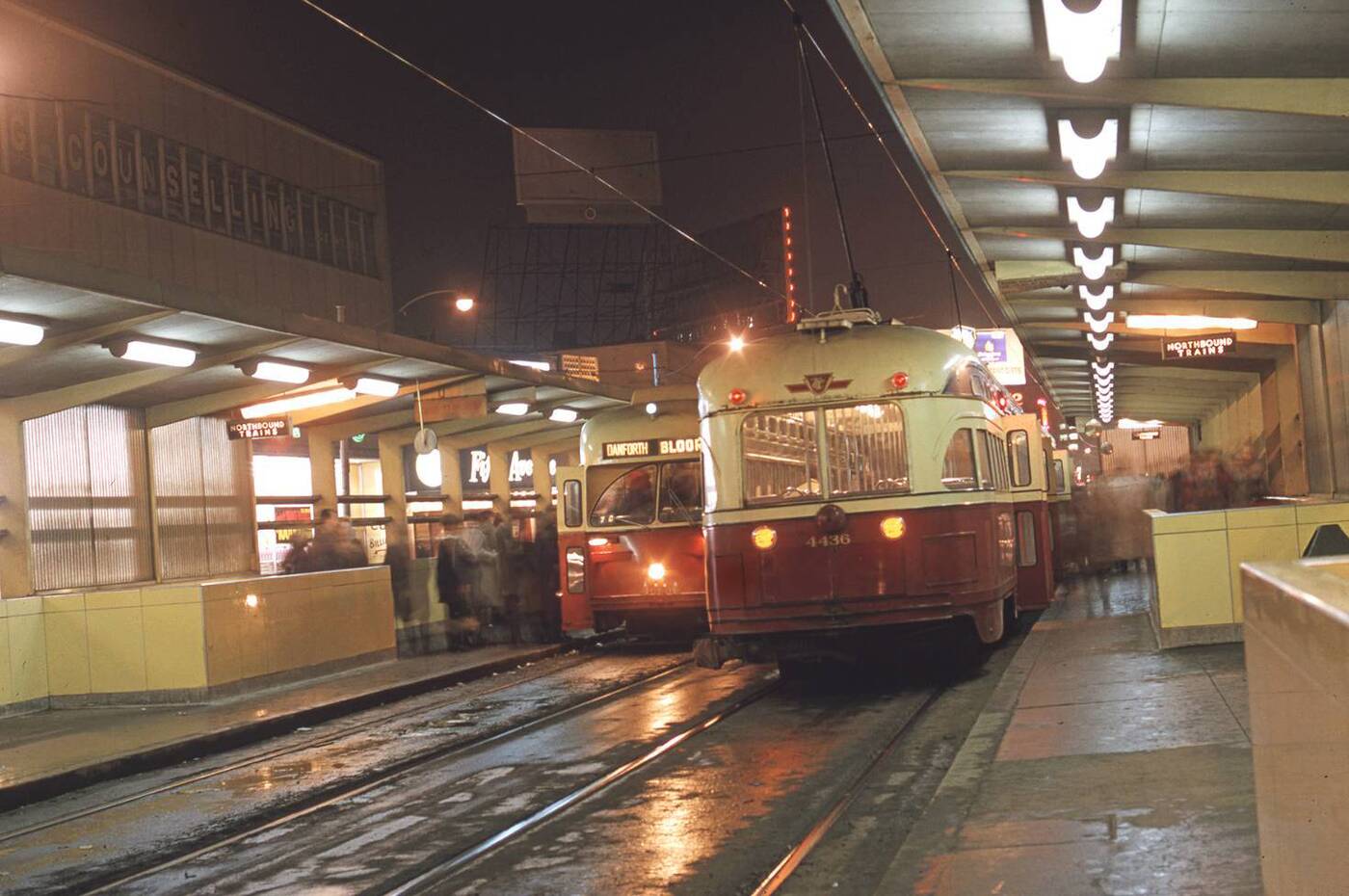
Bloor Station streetcar platform pre-Line 2 (Bloor-Danforth). Photo by John Bromley.
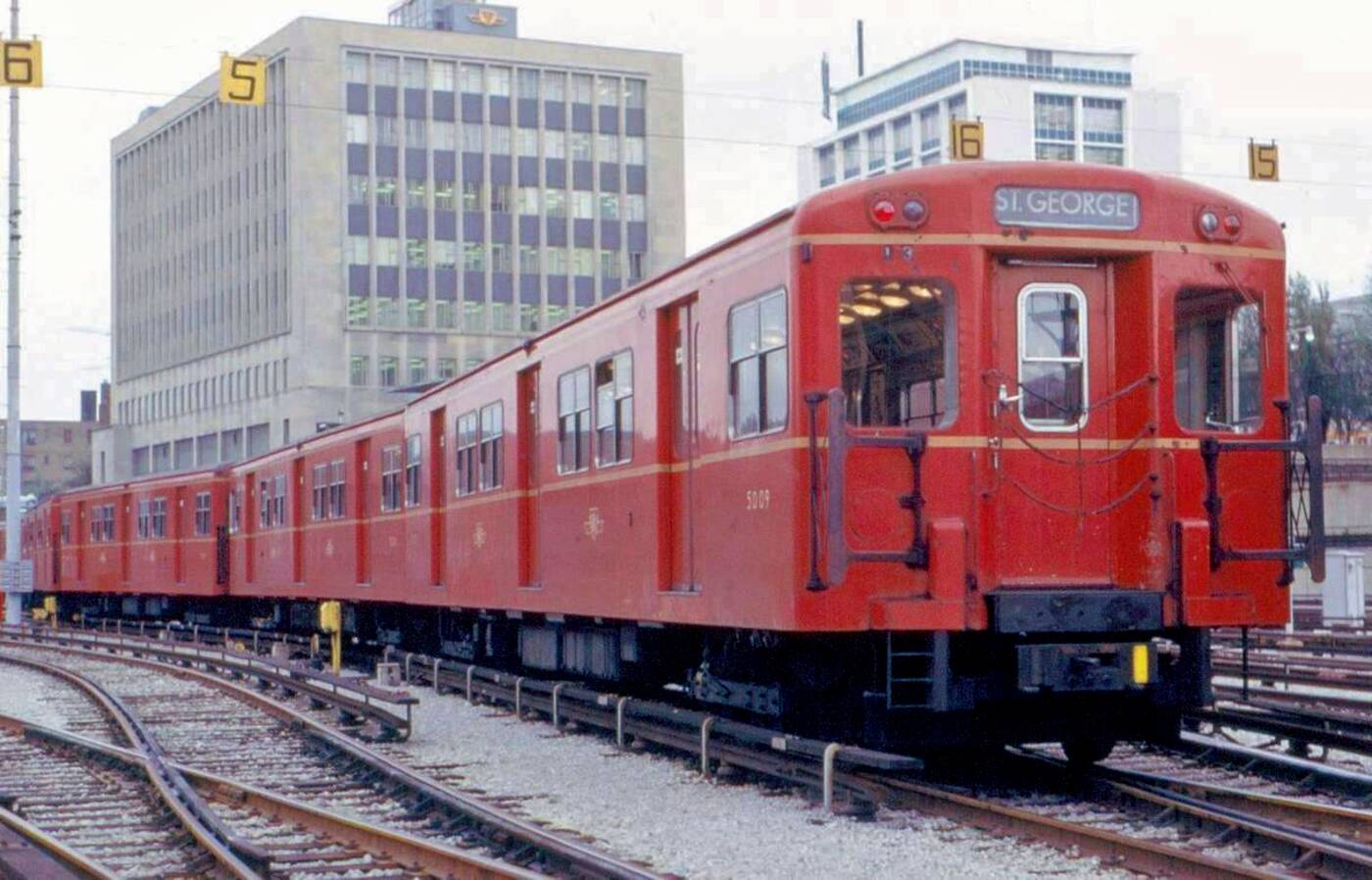
Gloucester Car in Davisville Yards, 1960s. Photo via Chuckman's Nostalgia.
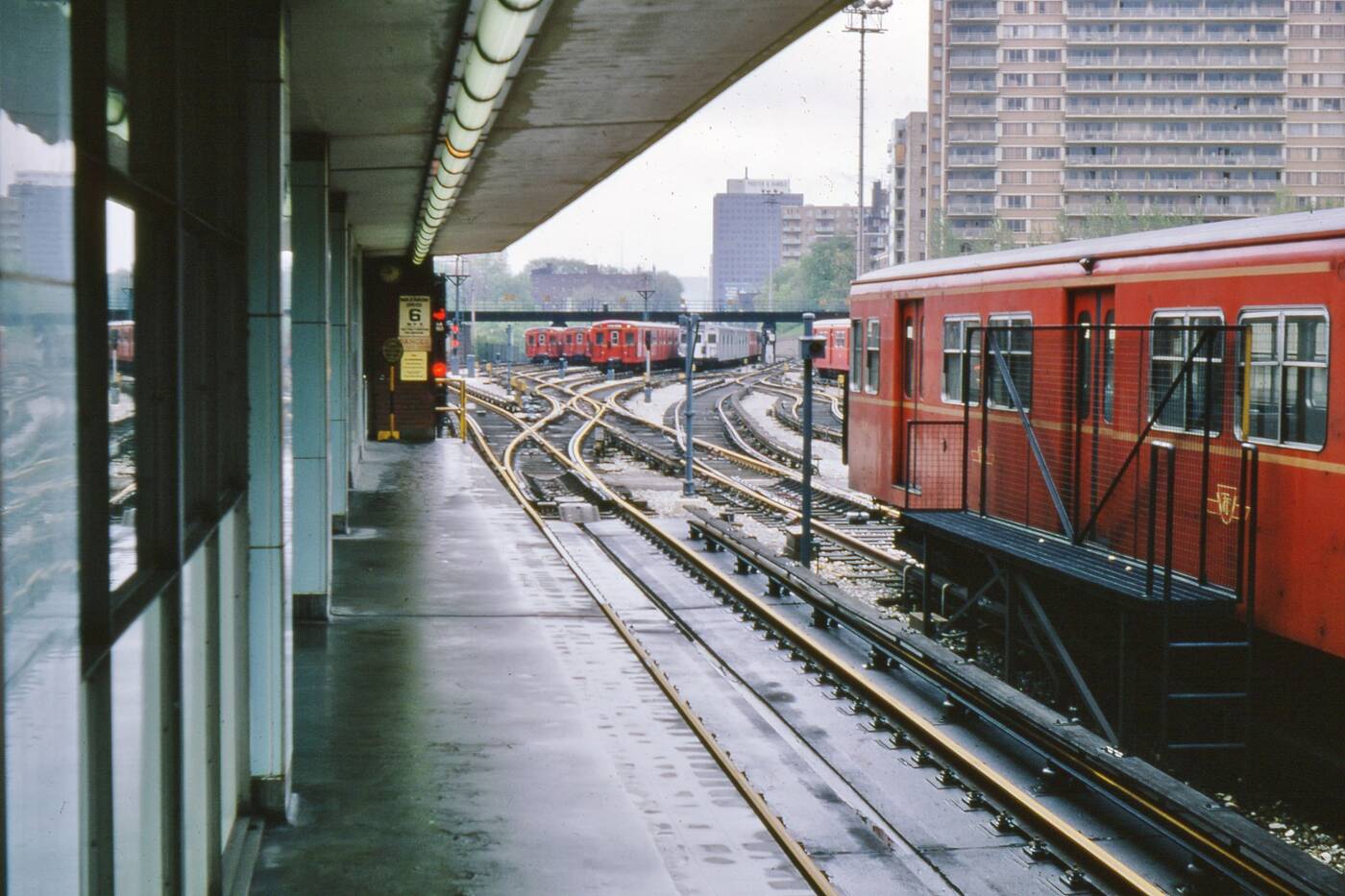
Davisville Station looking south, 1969. Photo by NE2 3PN.
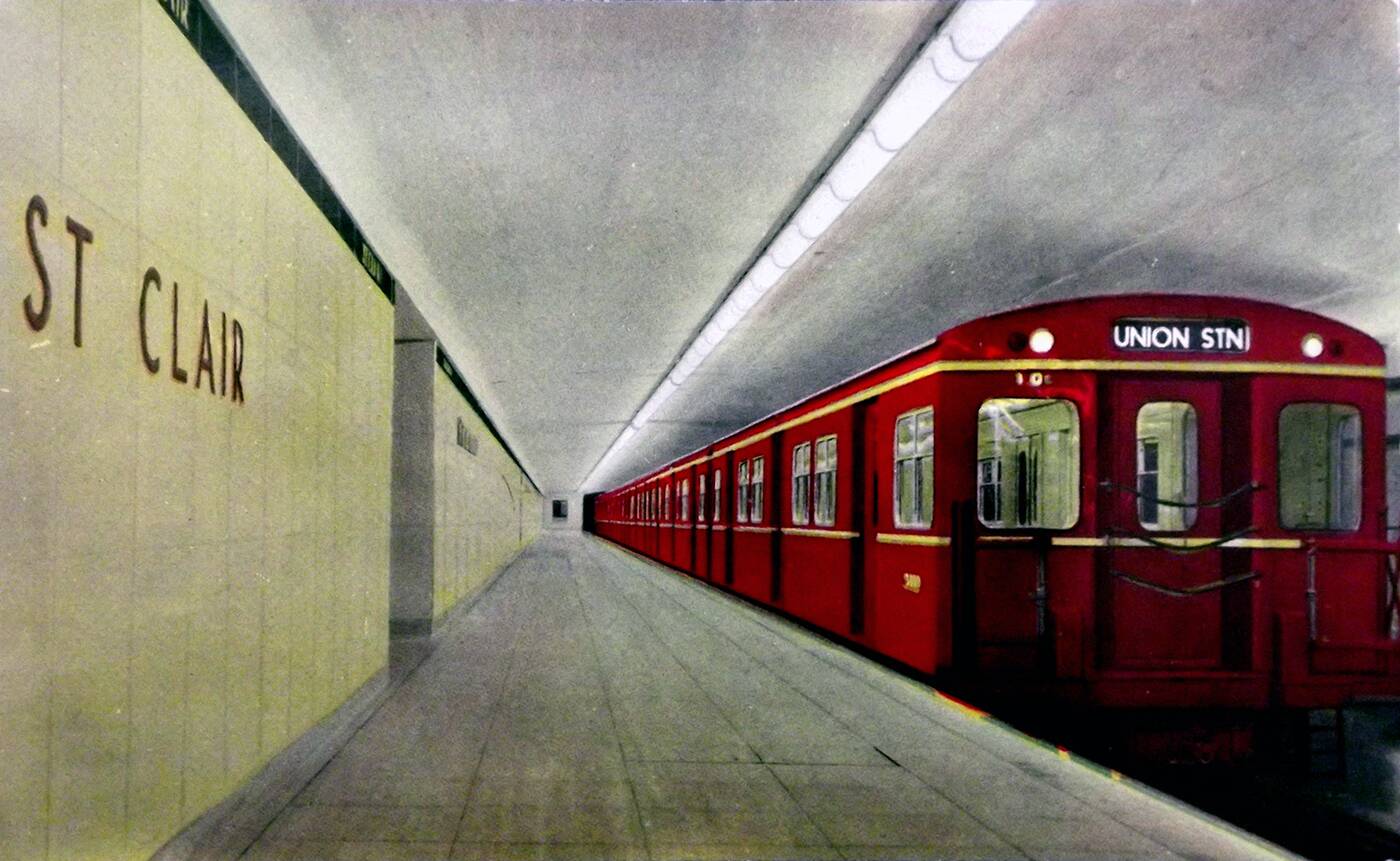
St. Clair Station, 1960s.
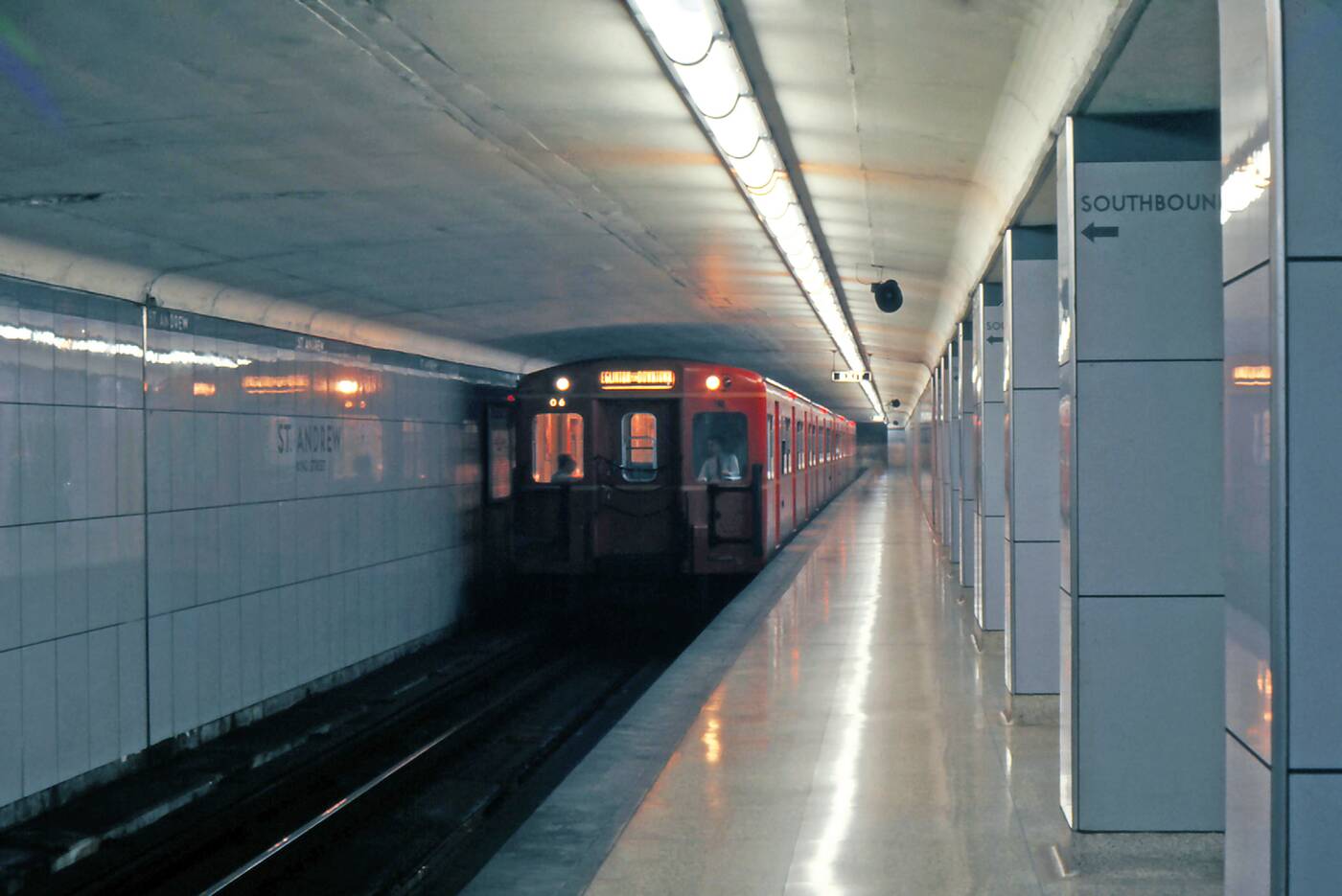
St. Andrew Station, late 1960s. Note original Vitrolite tiles. Photo via Transit Toronto.
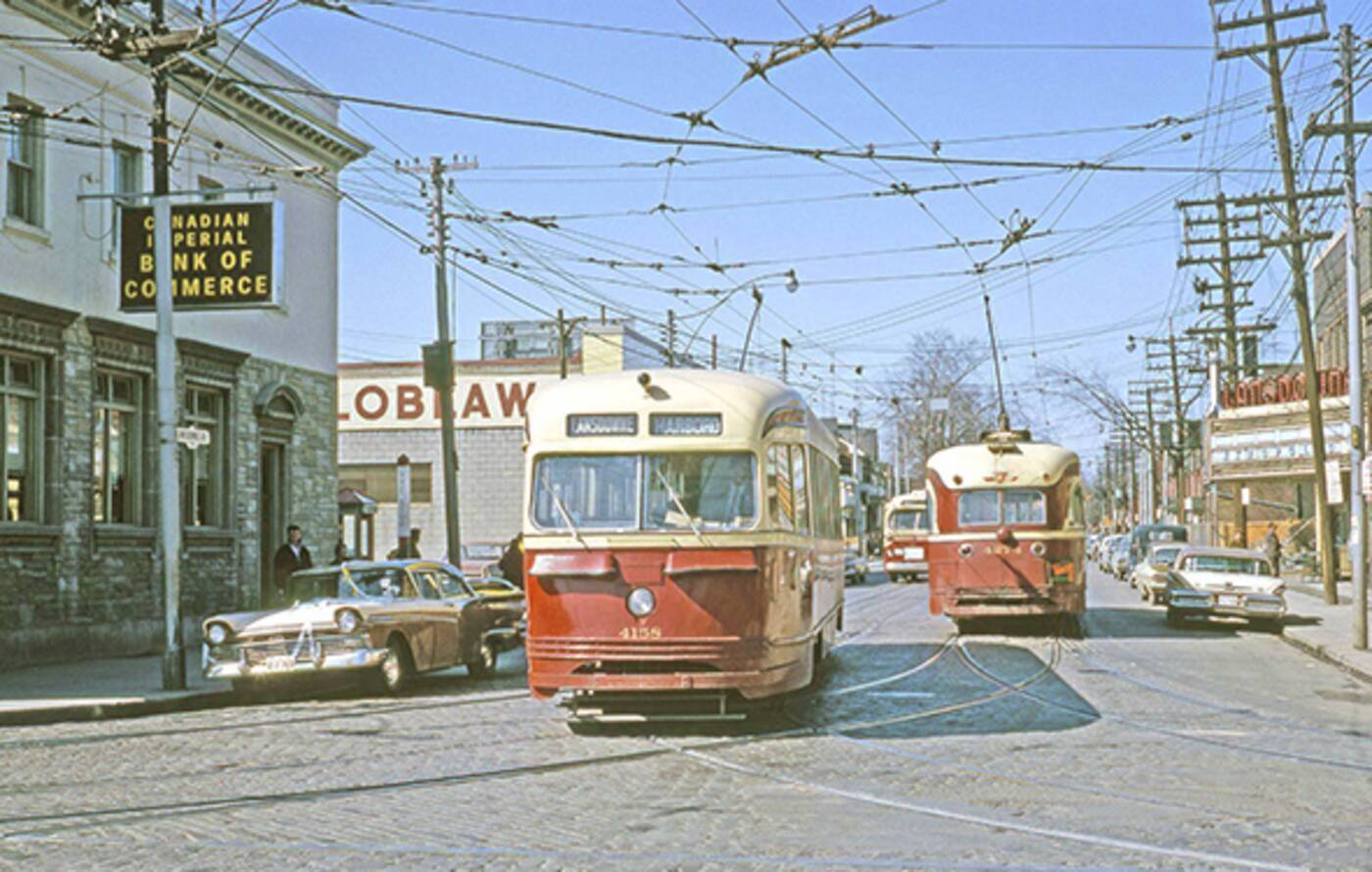
Looking north up Lansdowne at Bloor. Photo via John Bromley's archives.
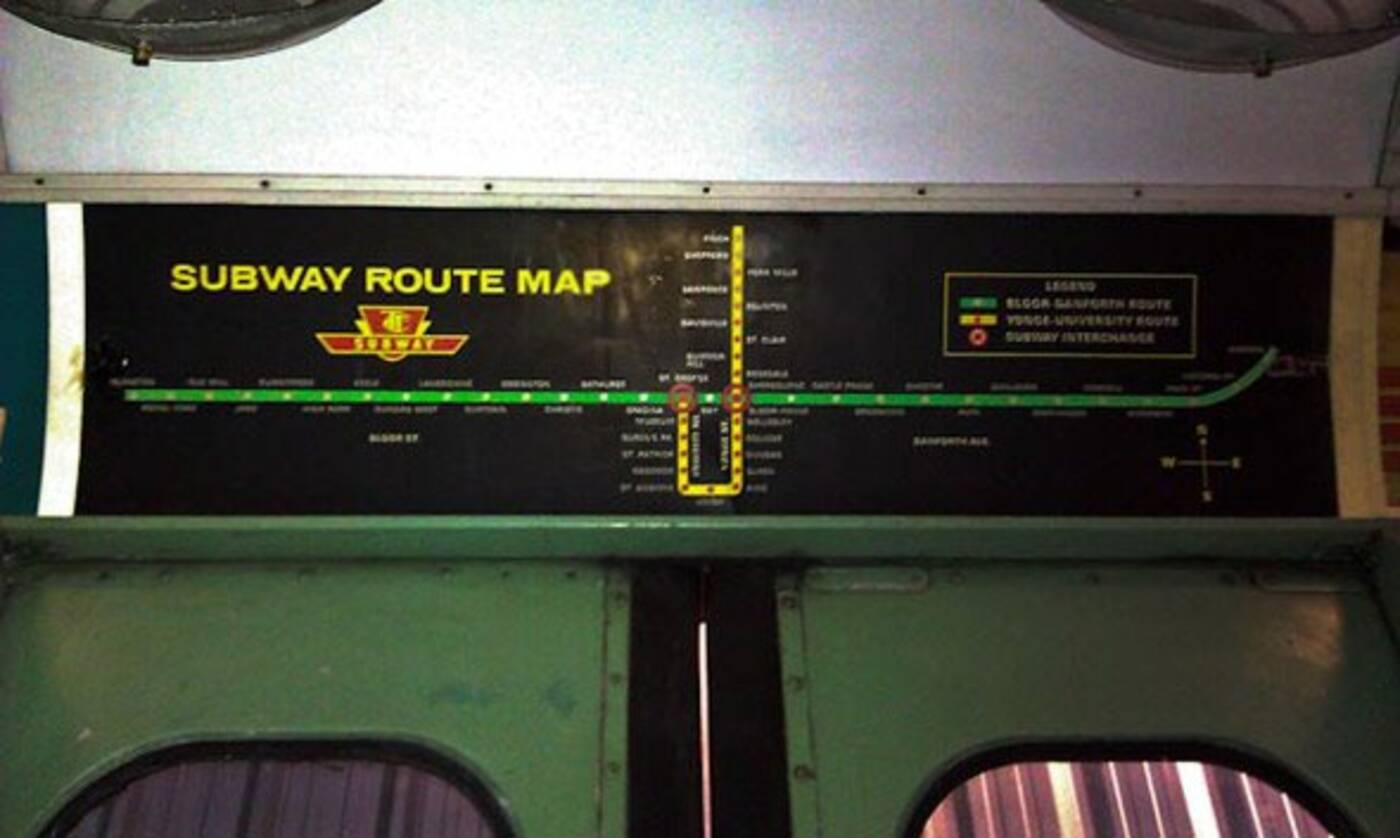
TTC route map, early 1970s (before Spadina Extension).
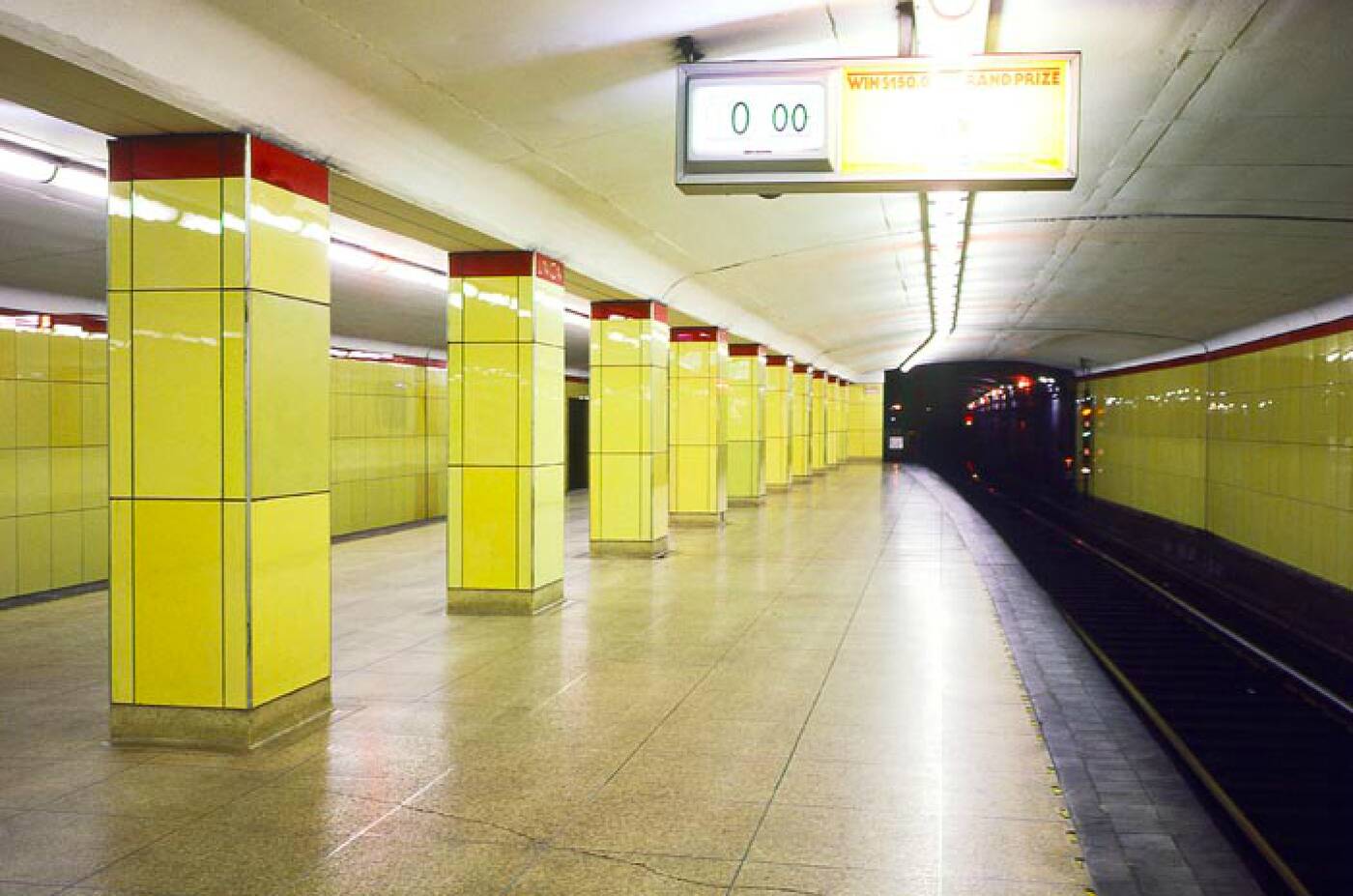
Union Station, late 1970s. Photo by Ben Mark Holzberg, Library and Archives Canada.
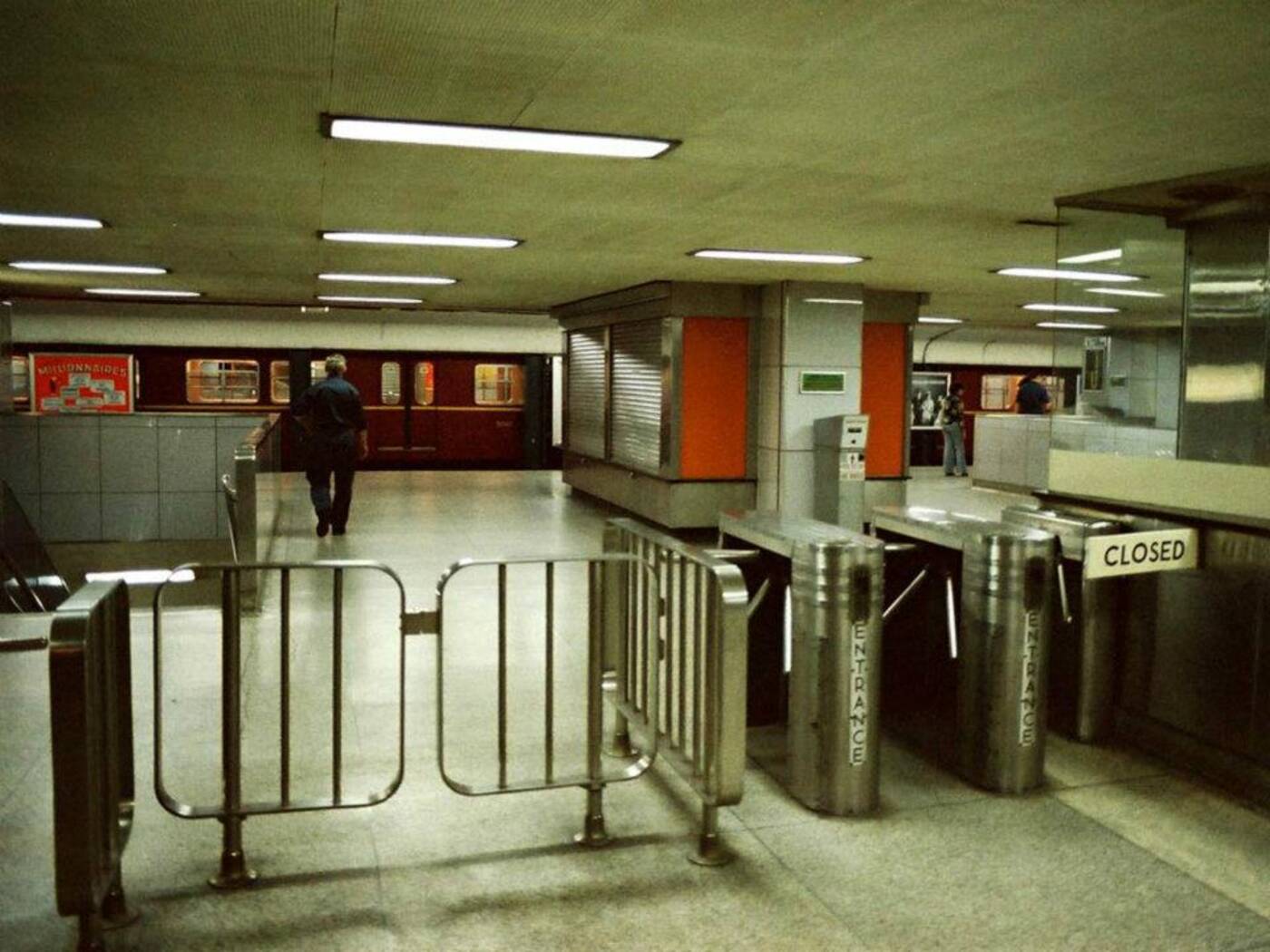
Queen Station, 1975.

Davisville Station, early 1970s.
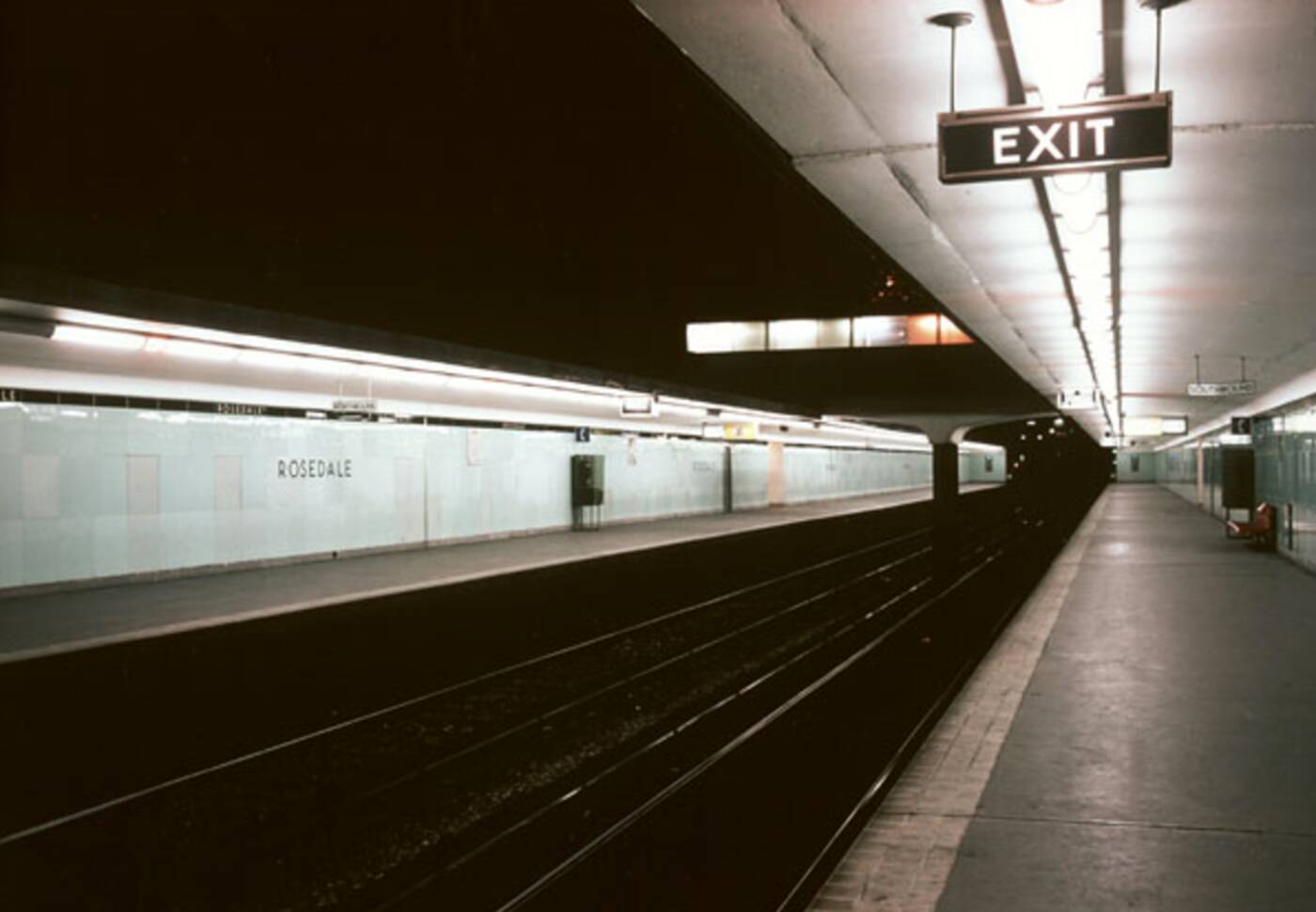
Rosedale Station, late 1970s. Photo by Ben Mark Holzberg, Library and Archives Canada.
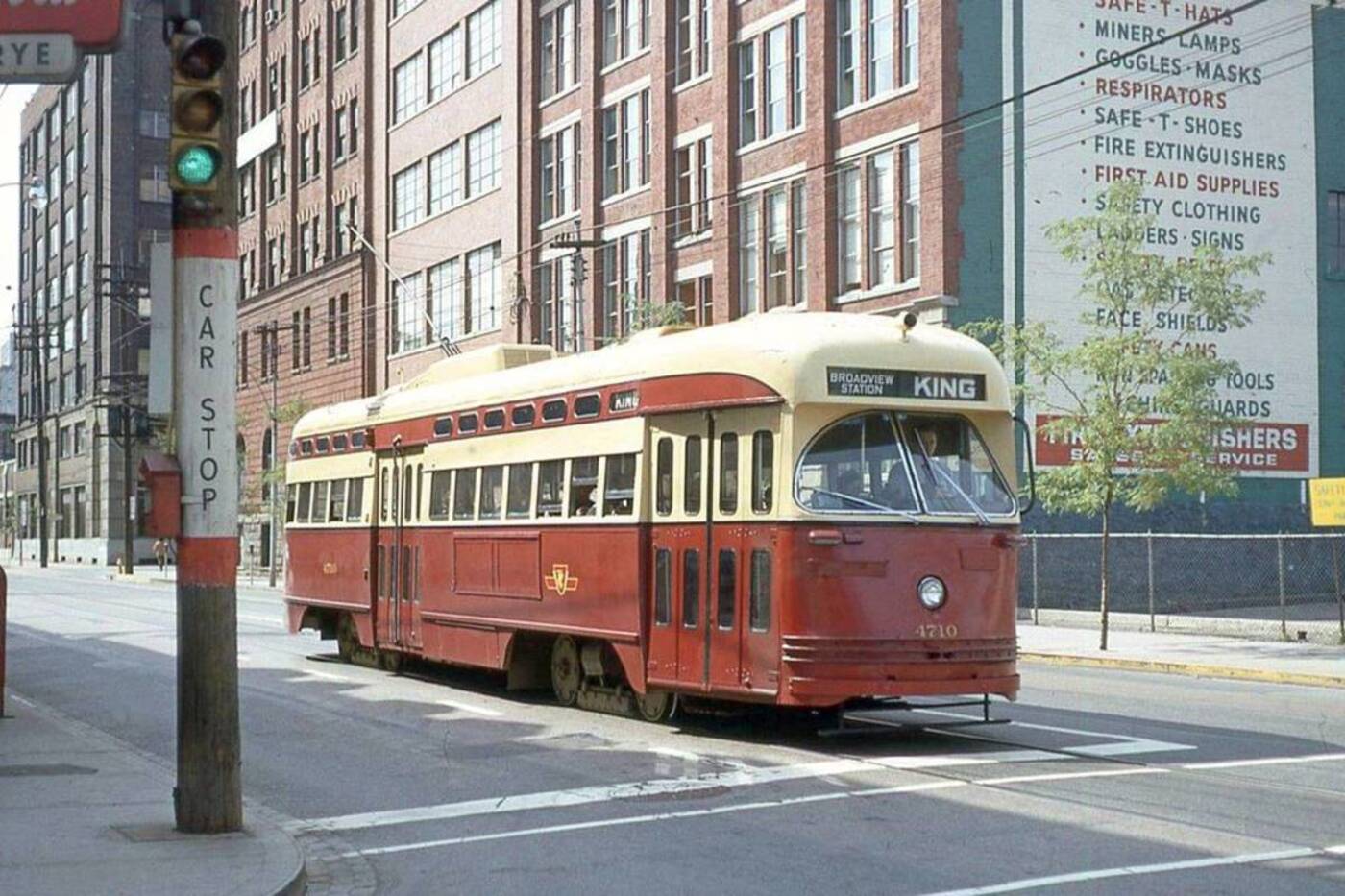
Presidents Conference Committee streetcar on King near Church, 1970s. Photo via John Bromley's archives.

Interior of subway train, 1975.
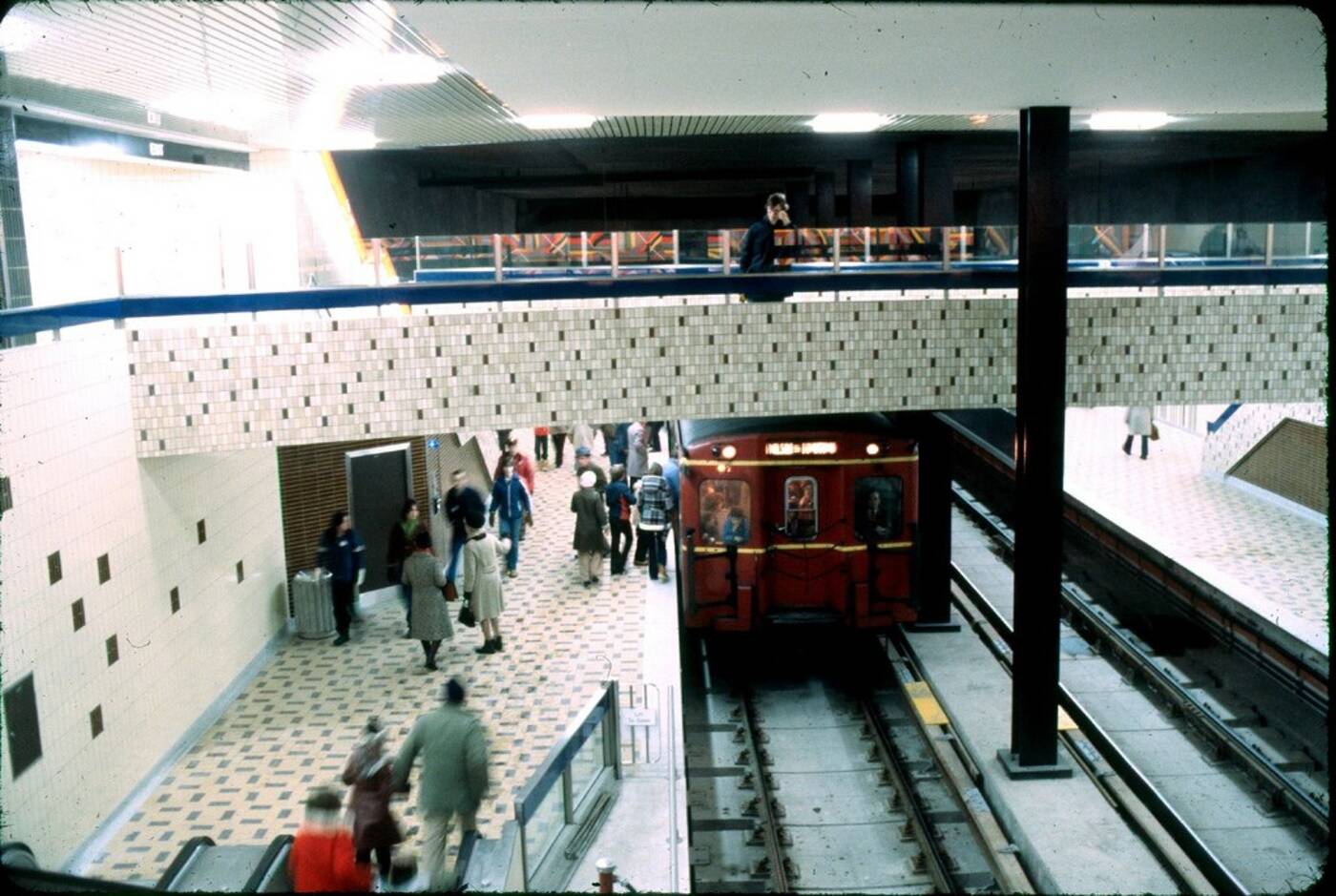
Opening Day of Spadina Line at St. Clair West Station, 1978. Photo via Robert Lubinski.
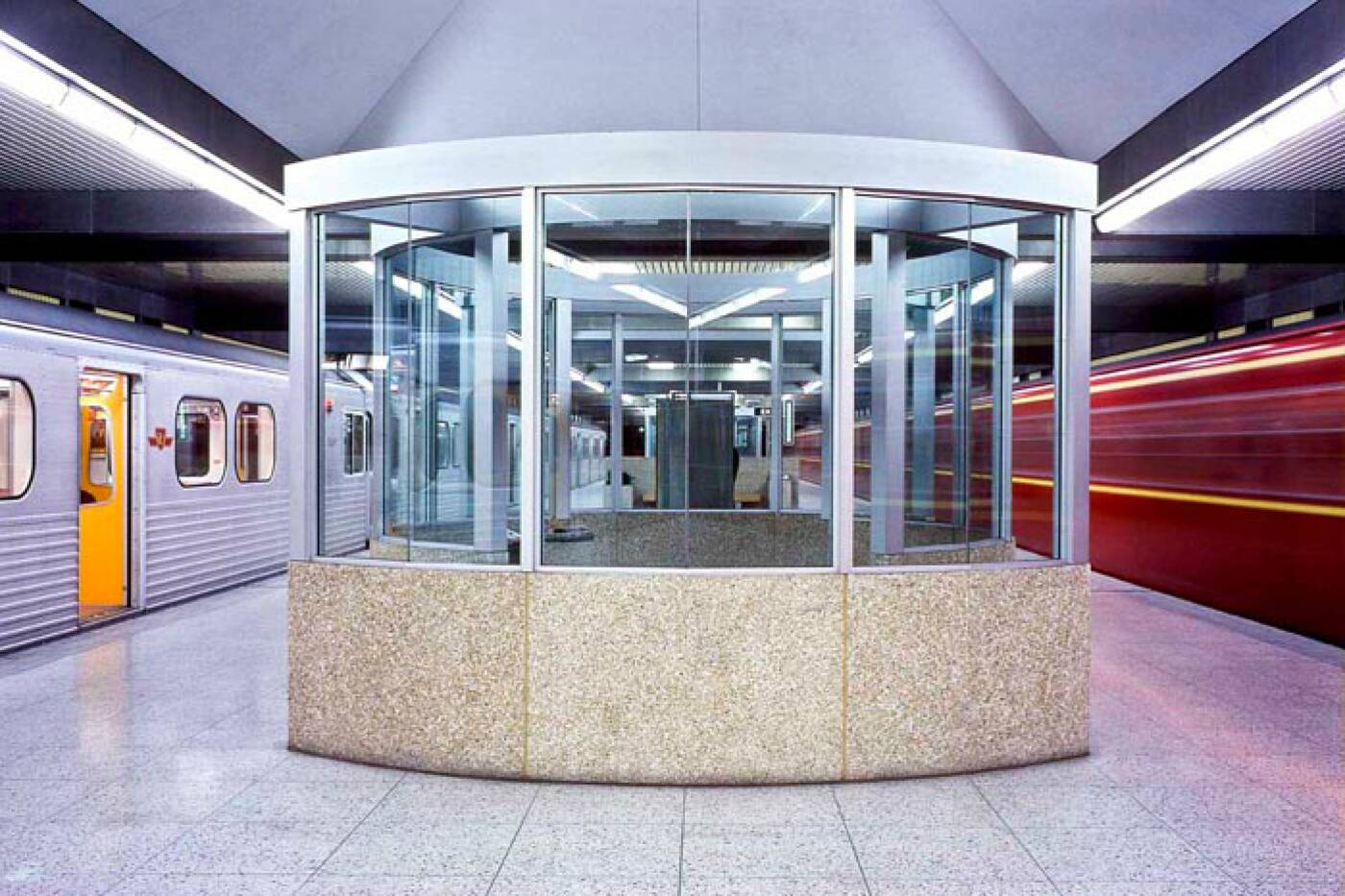
Wilson Station, late 1970s. Photo by Ben Mark Holzberg, Library and Archives Canada.
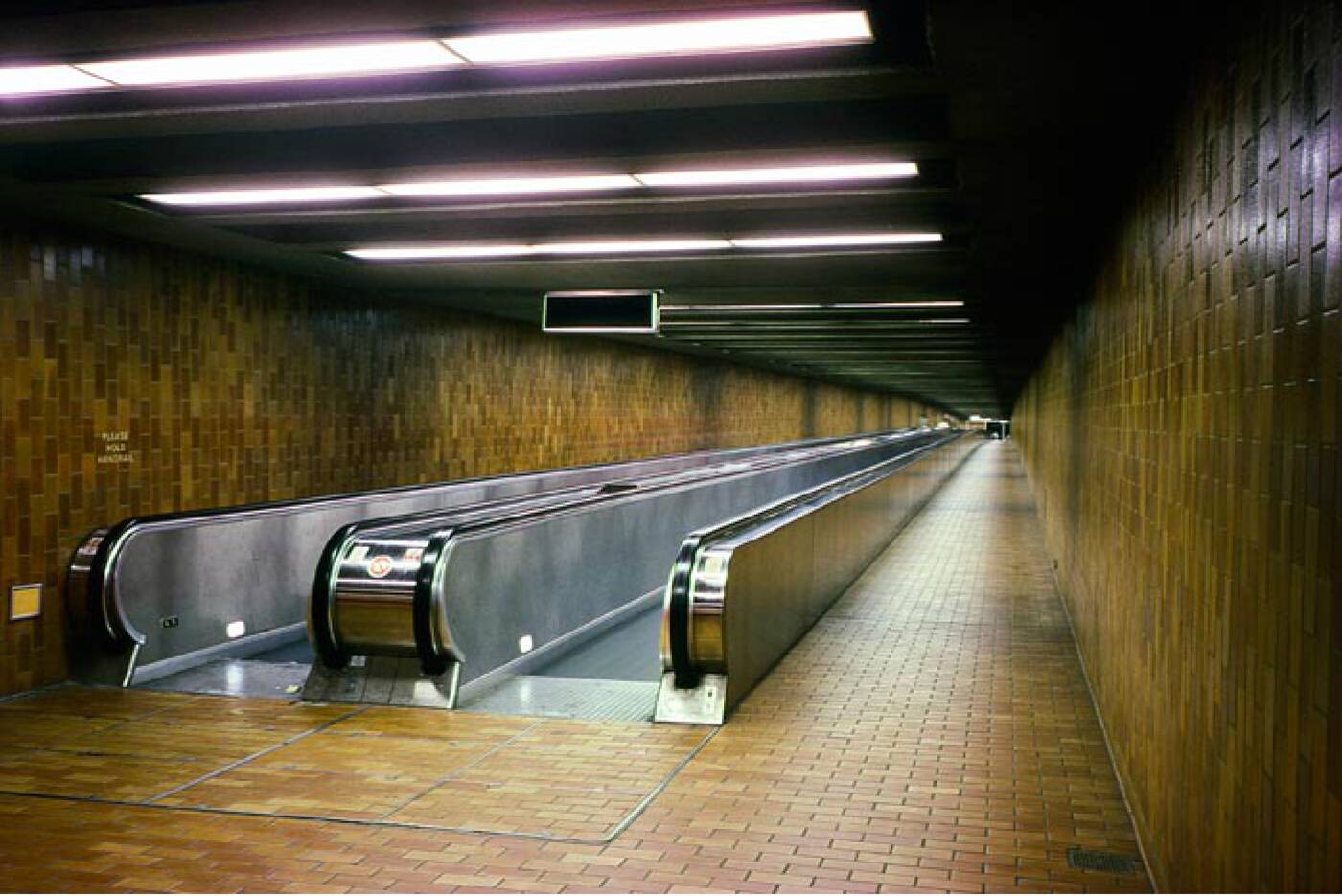
Spadina Station moving sidewalk, late 1970s. Photo by Ben Mark Holzberg, Library and Archives Canada.

Eglinton Station, late 1970s. Photo by Ben Mark Holzberg, Library and Archives Canada.
by Staff via blogTO

No comments:
Post a Comment